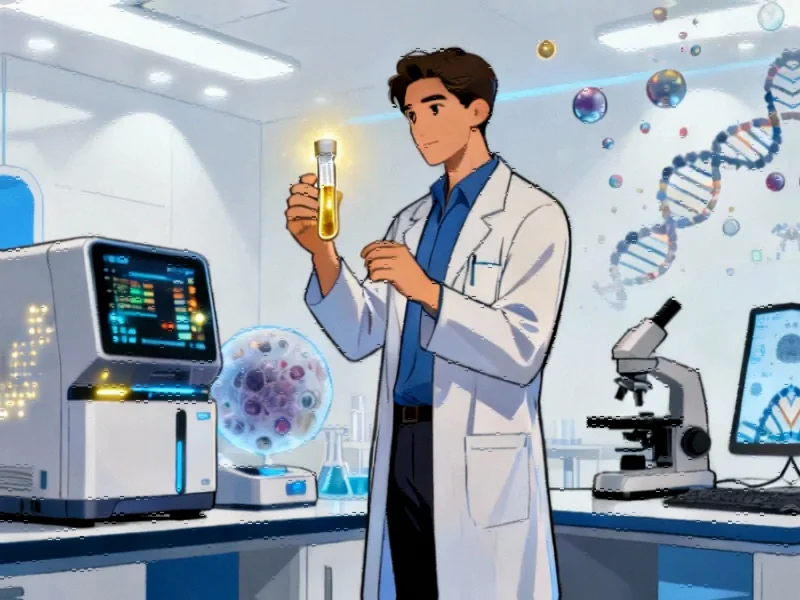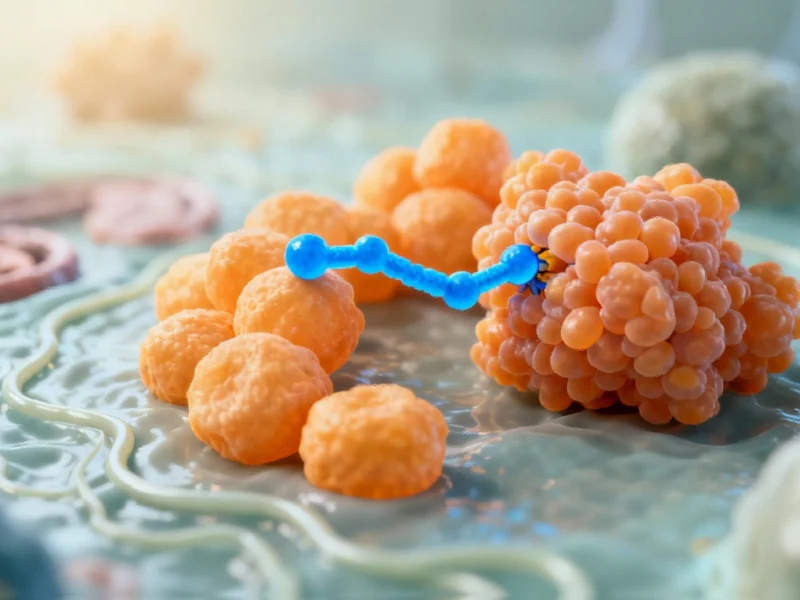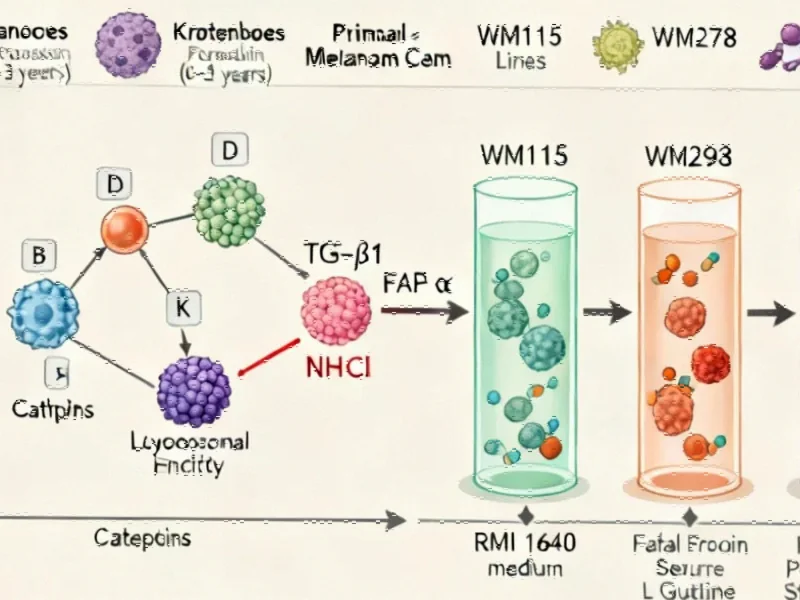The Engineering Mindset Meets Medical Diagnostics
When Helmy Eltoukhy looked at cancer detection, he didn’t see just a medical challenge—he saw an engineering problem waiting for a Silicon Valley solution. The Stanford-trained electrical engineer, who witnessed classmates launch tech giants during the dot-com boom, brought the principles of Moore’s Law to biology. His mission: transform how we detect cancer by making blood tests as routine as annual physicals.
Eltoukhy’s journey began at Illumina, where he helped slash genome sequencing costs from billions to around $1,000. This experience taught him that exponential improvements in technology could revolutionize biology too. In 2012, he partnered with fellow Stanford alum AmirAli Talasaz to found Guardant Health, focusing on what they called “liquid biopsies”—tests that could detect cancer through fragments of DNA circulating in blood.
From Treatment to Prevention: The SHIELD Breakthrough
Guardant’s initial success came with their “360” cancer test, FDA-approved in 2020, which helped doctors tailor late-stage cancer treatments. But the real breakthrough emerged when the company hit a genetic detection wall in 2015 and pivoted to epigenetics—the molecular “software” controlling which genes activate or deactivate within our DNA “hardware.”
This epigenetic approach became the foundation for SHIELD, the first FDA-approved blood test for colon cancer, cleared in 2024. The test demonstrates near-perfect accuracy for late-stage cancer detection and about 60% sensitivity for stage 1 cancers. As with many industry developments, this innovation represents how technological convergence is creating new possibilities in multiple sectors.
The Clinical Validation Challenge
SHIELD is now undergoing rigorous testing in a massive NIH-sponsored “Vanguard” study involving 24,000 patients across the United States. The trial will measure not just colon cancer detection but also the test’s ability to identify bladder, breast, pancreatic, and other cancers. This comprehensive validation approach mirrors the scrutiny seen in other recent technology sectors where reliability is paramount.
Despite the promise, scientific skepticism remains. Dr. Eleftherios Diamandis, a University of Toronto clinical biochemist, questions whether blood tests can reliably detect precancerous conditions. “They are missing these lesions,” he noted, referring to the polyps that precede colon cancer. Still, he acknowledges that technological progress often exceeds expectations, drawing parallels to self-driving cars that now navigate complex traffic situations he once considered impossible.
Market Landscape and Future Applications
The liquid biopsy market has become one of biotech’s most competitive spaces, with Guardant facing numerous publicly traded competitors including Illumina spinoff Grail, Myriad, and Natera. The company’s recent strategic collaboration with Pfizer signals growing pharmaceutical industry interest in this detection method. These market trends demonstrate how medical innovations are attracting significant investment across sectors.
Eltoukhy envisions a future where a single blood test could screen for multiple diseases simultaneously. “Think of it as your iPhone, where initially it only had a few features, over time, it has a thousand features,” he told Business Insider. The goal is an “everything test” that complements primary care by examining trillions of data points to assess not just cancer but inflammatory diseases, organ health, and biological aging.
Addressing the Growing Need
The timing for such innovation is critical. Colon cancer rates have been rising sharply among patients under 50—a demographic traditionally considered too young for routine colonoscopies. Actor James Van Der Beek, diagnosed with colon cancer at 46 and now a Guardant spokesperson, emphasizes the importance of early detection: “If I could save anybody the journey that I’ve had to endure the last two years, man, that’s a beautiful thing.”
This blood test breakthrough represents a significant advancement in non-invasive diagnostics. As with other related innovations, user acceptance will depend on both demonstrated effectiveness and accessibility. The medical community watches closely as Guardant works to prove its technology can deliver on the promise of early, multi-cancer detection while building a sustainable business model in a competitive landscape.
The convergence of engineering principles with medical science continues to push boundaries in diagnostics, potentially transforming how we approach disease prevention and early detection in coming years.
This article aggregates information from publicly available sources. All trademarks and copyrights belong to their respective owners.
Note: Featured image is for illustrative purposes only and does not represent any specific product, service, or entity mentioned in this article.


